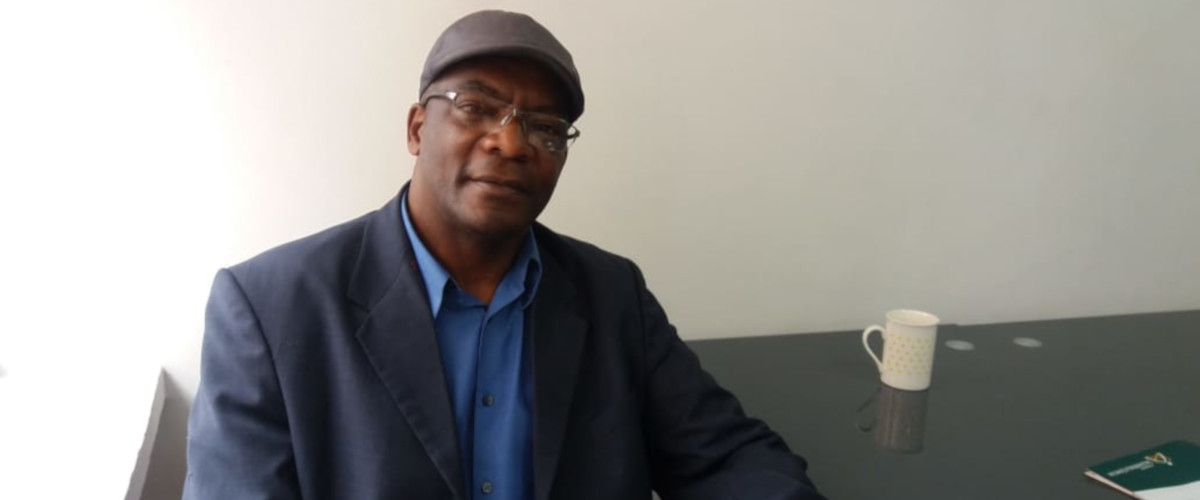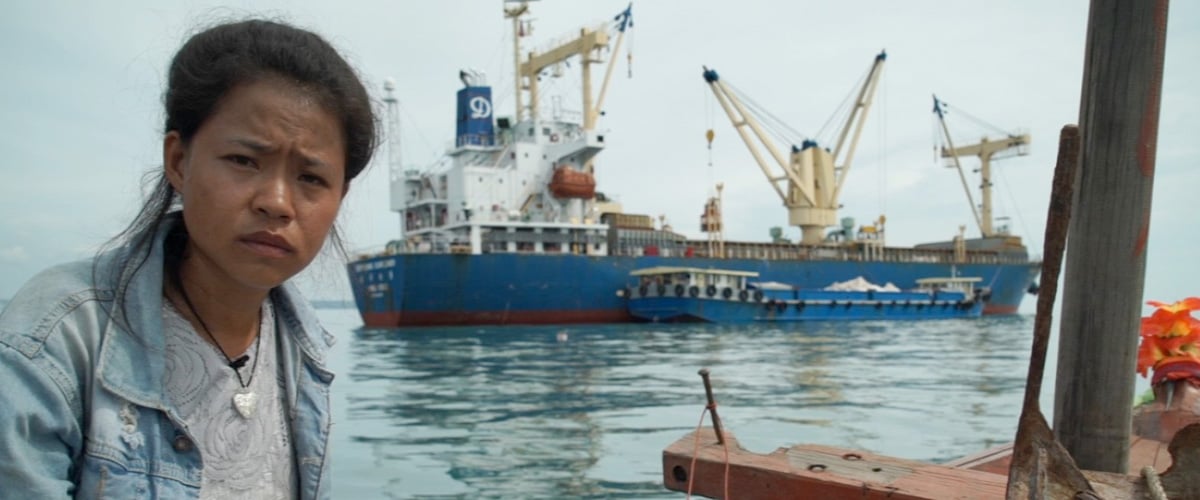
Afro-Colombian Activist Marino Cordoba Berrio (Photo Credit: Laura Dixon)
Afro-Colombian activist Marino Cordoba Berrio knows what it’s like to live with death threats. He was shot by paramilitaries and fled Colombia in the early 2000s after fighting for his community’s right to their land.
He came back two years ago to a country supposedly at peace but still travels in an armoured car, with two bodyguards watching his back at all times. A colleague was shot and killed last year, and he still receives threats and anonymous messages cautioning that he is still not safe.
Colombia’s 2016 peace deal with the Revolutionary Armed Forces of Colombia (FARC) guerrilla group brought to an end the longest running war in the Americas with some 7,000 armed rebel fighters giving up their guns. Violence has markedly dropped since the war, but there has been a worrying uptick in the number of social leaders and those fighting for environmental and human rights being threatened and killed: more than 100 have been murdered since the start of the year according to WOLA, a research and advocacy organisation advancing human rights in the Americas.
“Ever since the peace accords we have seen there’s been a significant increase in violence against social leaders, trade unions, indigenous peoples leaders, other community leaders,” said Misha Wolsgaard-Iversen, a Latin America programme manager at Oxfam in Denmark, during a panel at the 18th International Anti-Corruption Conference (IACC) in Copenhagen in October.
The departure of the guerrilla fighters left a power vacuum in many parts of the country, meaning areas rich in minerals like gold and fertile coca-growing territories were suddenly up for grabs. Human rights defenders and environmental activists that have been trying to defend the communities that live in these areas are now at the mercy of those who want to appropriate their lands.
No-one is entirely sure who is behind the threats or the attacks. A United Nations (UN) report published earlier this year found that 57 per cent of the killings were perpetrated by contract killers, “making identification of the intellectual author difficult”.
But Colombia has a long and troubled history with illegal economies and corruption, and in a recent report the Colombian Ombudsman claimed that at least with illegal mining “actors like local mayors and individuals within the armed forces are implicated in corruption meaning that illegal gold mining can carry on.” Cordoba signals paramilitary organised crime groups, who he says are often backed by commercial and political actors, as being behind much of the violence that is seen in parts of the Colombian countryside.
“Before, because of the presence of the guerrilla, they could not reach certain regions. Now they can. And they are getting stronger,” says Cordoba, who was recently nominated for the “Nobel prize” of human rights defenders, the Martin Ennals awards, for his work. “The paramilitaries co-exist with the army, the police and the civilian authorities in terms of the territory where they are.”
His hometown Rio Sucio is located in a jungle region of Colombia with incredible biodiversity, but weak state control. In the 90s, he fought for the land rights of the local Afro-Colombian communities who were battling against powerful commercial interests, particularly related to palm oil plantations, logging, and mining.
Cordoba received numerous threats for his work and during a paramilitary and military offensive in the area called Operation Genesis – which saw thousands of people expelled from the region – he was forced to escape downriver. He returned home for the first time in 22 years this past September, but since he remains a wanted man, even that trip was undertaken in secret.
He says the situation in places like Chocó – where he comes from – is still “complex.”
“The displacement is still happening. The great majority are still Afro-Colombians and indigenous groups because the fighting is still happening in those parts of Colombia. Leaders are being persecuted,” he says. “The paramilitaries are still a significant force, especially in the Pacific regions.”
The situation in Colombia has alarmed many. The office of the UN High Commissioner for Human Rights has said it is “extremely concerned” by the increase in killings of human rights defenders and social and community leaders, noting that those most under attack have been “community, indigenous, peasant, Afro-Colombian and union leaders.”
Each year, the International Work Group for Indigenous Affairs (IWGIA), which campaigns for the rights of indigenous peoples, compiles a report on the situation in communities around the world. Figures for Colombia for 2017 showed 45 murders, 122 threats, 827 unjust incarcerations and 3,800 indigenous peoples displaced, despite it being the first year since the peace deal.
“The killings are just the tip of the iceberg,” said Julie Koch, the director of the IWGIA, speaking at the IACC in Copenhagen. “What happens behind is the pressure and the violence.”
She noted that in 2017, an estimated 40 to 45 per cent of the environmental and human rights activists killed were indigenous peoples, despite those communities only making up around five per cent of the global population.
“Why are indigenous people over-represented? One reason is they have a very close relationship to the land and natural resources. They particularly depend on the land and water. It’s part of their collective identity, their spirituality. They do not want to sell their land, they don’t see it as a commodity for sale,” she said.
Cordoba currently works in downtown Bogota, the lift into the office is now covered by a metal guard since an armed gunman turned up one day looking for members of his organisation. Peace remains what many people in Colombia want, he says, but despite the FARC deal, there is much work to be done. People like him are still at risk.
“This sort of thing arrives all the time,” he says, showing one of the threats that he and his colleagues have received, signed by the “Aguilas Negras”, or Black Eagles. “First comes the threat, then they call you. In the end, I have lost my fear. I’m no longer afraid.”

